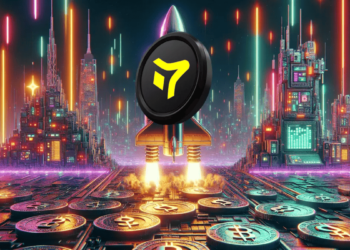Introduction
Circle, a key player in the digital currency market, has recently announced the launch of a groundbreaking standard aimed at facilitating the expansion of its stablecoin, USDC, across various blockchain networks. This initiative, detailed in a November 21 blog post, marks a significant advancement in the realm of cryptocurrency operations.
The Bridged USDC Standard
The newly introduced “bridged USDC standard” provides developers with a structured framework for launching the USDC token on new platforms. This process is divided into two distinct phases. Initially, third-party developers manage the token contracts, with the token on the new network being underpinned by a native version from another network. In the subsequent phase, Circle assumes control over these contracts, directly backing the token with its reserves.
Phase One: Unofficial Deployment
In the first stage, the tokens launched by developers are considered unofficial and are not directly issued or redeemable by Circle. These tokens function as proxies to USDC, extending their reach to ecosystems where bridging is feasible. This setup allows for potential official recognition in the future, subject to mutual agreement between Circle and the third-party developer.
Phase Two: Official Transition
The shift to the second phase involves Circle taking over the contract ownership, aligning the token with its official reserves. This transition also includes measures to ensure the consistency of the total USDC supply across networks.
Implications for Developers and Users
Circle’s new standard aims to eliminate the complexities associated with migrations, where users are compelled to exchange an unofficial USDC version for an official one. The use of this standard promises a more seamless experience, with tokens in users’ wallets automatically gaining official status over time.
Technical Requirements
The standard’s technical documentation, available on Github, outlines specific requirements for developers, including the use of an upgradable bridge and restrictions on modifications post-issuance.
Recent Developments
Circle’s initiative follows its successful launches of native USDC versions on networks like Base and Polygon, showcasing its commitment to expanding the stablecoin’s ecosystem.










